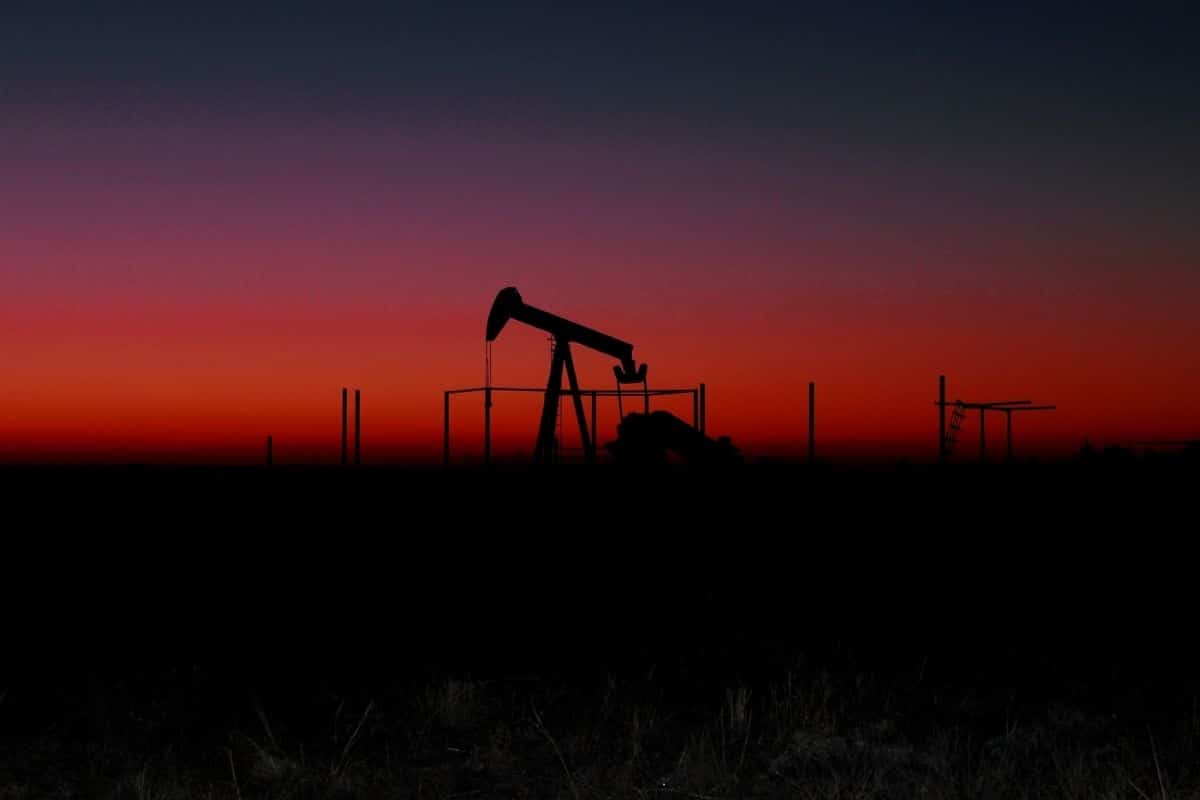
In Turkmenistan, large amounts of the potent greenhouse gas methane are leaking into the atmosphere, satellites have revealed. And that can be prevented with the push of a button or a little tinkering.
When it comes to the climate problem, it is often about carbon dioxide or CO2, a greenhouse gas that remains in the atmosphere for a long time and leads to global warming. But there are more greenhouse gases, including methane. This greenhouse gas remains in the atmosphere for a considerably shorter time, but is much more potent than CO2. And thus it makes a significant contribution to the climate problem. Methane is naturally released mainly in wet areas (swamps and peat, for example). However, the fact that the methane concentration has increased considerably in the last 200 years is due to man who has created various new methane sources, such as the extraction and use of fossil fuels (oil and gas), waste processing and (large-scale) livestock farming.
Exact locations
With the help of satellites, scientists can monitor the methane concentration in the atmosphere and also identify areas that emit significant amounts of methane. The latter is important, because if we know where large amounts of methane are released, we can also take measures to reduce emissions of that greenhouse gas. For example, scientists previously showed that large oil and gas fields in the US release large amounts of methane into the atmosphere, using the satellite instrument TROPOMI built by Dutch companies. However, it remained very difficult to pinpoint specific locations on those oil and gas fields where methane was leaking. But that is about to change. Because scientists have now managed to pinpoint specific places on Turkmen oil fields where large amounts of methane leak out using a wide range of satellite measurements – including measurements from TROPOMI. “It concerns a lot of large leaks,” says Professor Ilse Aben Scientias.nl.
The method
To detect these leaks, TROPOMI was first called upon. “This one spotted the methane hotspots,” explains Aben. “We then passed on the raw locations to our Spanish research partners who zoomed in on those locations with other satellites (notably Sentinel-2, PRISMA, Landsat and a few more). Although these satellites – unlike TROPOMI – were not designed to spot methane, because of such large amounts of methane, they were able to detect the greenhouse gas on TROPOMI’s instructions. And because the satellites observe with a high resolution (~20-30 meters), they could pinpoint the exact sources of the methane leaks. “And that’s how we found about 29 different sources, 24 of which are non-functioning flares.”
Ironically, these flare installations are actually intended to limit methane emissions. “Oil extraction also releases gas that largely consists of methane. If there is no infrastructure to transport that gas away, often the only way to get rid of that gas is to burn it (flare it),” explains Aben. “But if those installations don’t work or ‘turn off’, the gas flows directly into the atmosphere.”
Low hanging fruit
And those non-functioning flares release significant amounts of methane into the atmosphere. “If you can see these kinds of sources from space, it’s always a lot of methane.” And that’s quite frustrating. “So if you also realize that we know exactly which sources they are, and that the emissions are probably easy to avoid – it shouldn’t be complicated to get those flares back on (repair or re-ignite) – then it’s especially important that something is done to stop these emissions as soon as possible. You can safely call this the low-hanging fruit when it comes to reducing greenhouse gas emissions.”
It is unclear whether the owners of the Turkmen oil fields are also aware of this. “It’s not easy for us to communicate with the owners, so we don’t know. The installations are also located in fairly uninhabited areas.”
Global problem
What the researchers do know is that the methane sources are not a typical Turkmen problem. “With TROPOMI, we are actually continuously working to detect those so-called methane super emitters (large localized methane leaks). We do that worldwide and we don’t just see it in Turkmenistan.” The fact that the research does focus on the Central Asian country can mainly be traced back to practical considerations. “In this case, the choice was made in this area because TROPOMI detects several hotspots that are relatively close to each other, and because those other satellites can detect methane plumes in particular over desert areas.”
In the coming period, the researchers will continue to monitor methane sources in Turkmenistan. The hope, of course, is that measures will be taken to get the flares up and running again and to significantly reduce methane emissions.
Source material:
“Satellites identify flares as massive methane leaks” – SRON
Interview with Ilse Aben
Image at the top of this article: ARMBRUSTERBIZ (via Pixabay)